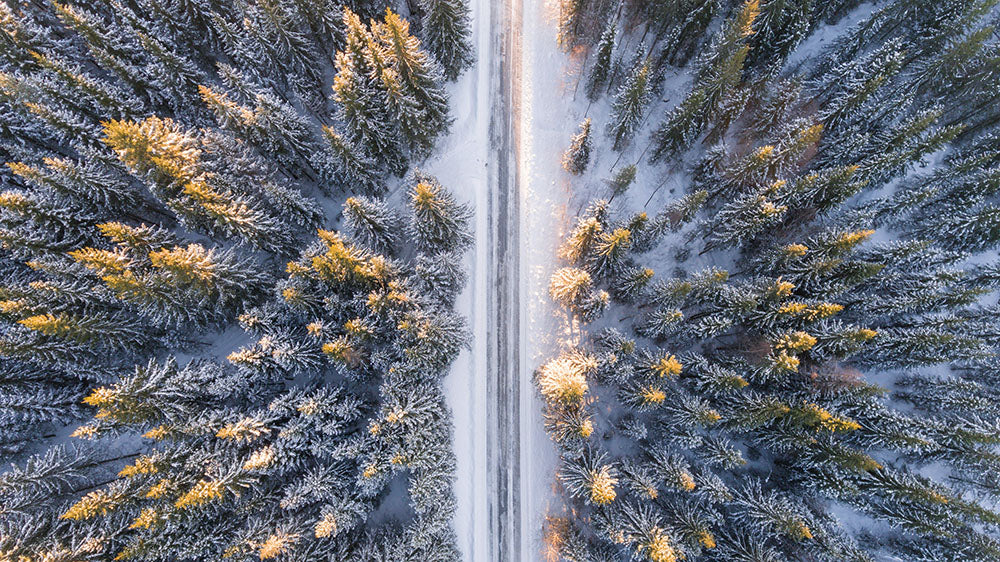Words by Mindy Riesenberg, Grand Canyon Conservancy Director of Marketing & Communications
Each fall, North American monarch butterflies travel thousands of miles from their summer breeding grounds in the northeastern U.S. and Canada to southwestern Mexico where they will spend the winter. Grand Canyon National Park is just one of the places the monarchs migrate through, primarily in August and September. But these metamorphic creatures face many risks that are resulting in declining populations, including a loss of habitat, climate change, and pesticides.
A new program at Grand Canyon hopes to help increase the monarch butterfly population by installing pollinator gardens at the South Rim and possibly the North Rim and monitoring the butterflies throughout the park.

“There’s no better place than in a national park to create a refuge for monarch butterflies,” said Miranda Terwilliger, Wildlife Biologist at Grand Canyon National Park. “If we’re going to save them for our children and grandchildren to see, it’s critical to make this effort.”
Planting milkweed is critical to monarch recovery, as the toxic steroids found in the plant are used as defense against predators. When a bird or other predator tries to eat a monarch, the bad taste from these toxins dissuades them from preying on monarchs in the future.

A Monarch butterfly feeding on nectar from a milkweed. Photo by: Catherine Avilez / Shutterstock via Garden Design
“Grand Canyon National Park’s vegetation program staff have been busy locating, mapping, and collecting seed from the five milkweed species found within the park,” said Lonnie Pilkington, Vegetation Program Manager at Grand Canyon National Park. “The crew recently grew over 500 western whorled milkweed plants that will be out-planted this fall.”
These plants will be the main feature of the pollinator gardens, and park officials hope that they will attract more monarch butterflies to Grand Canyon so they can track them and learn more about how to help save them.
“We are taking on the tagging of the monarchs in partnership with the Southwest Monarch Society and using tiny little stickers with numbers that don’t hurt them at all,” said Terwilliger. “We don’t know in what capacity monarchs use Grand Canyon National Park, and we want to find out. We’re curious if there’s a resident population or a population that breeds here.”

The park is implementing the national Integrated Monarch Monitoring Plan (IMMP) that monitors milkweed plots and the monarch larvae and butterflies that feed on them. The IMMP is designed to be a citizen science project.
According to Terwilliger, there are 66 IMMP plots where the model shows suitable milkweed habitat across the Grand Canyon, some more accessible than others. The new pollinator gardens will make it easy for visitors to find a few of these plots and learn more about monarchbutterflies. The Colorado River is an important migratory pathway for monarchs, so the park plans to work with river guides to see if they can help monitor some plots located along the river.
Anyone can participate in this research by going to the IMMP website or the Western Monarch Milkweed Mapper website and finding milkweed sites near their home. It’s as simple as finding milkweed populations, taking a picture, and making an entry in the database. The information collected by citizen scientists is critical in collecting data to better inform monarch butterfly and milkweed conservation efforts in the United States.
To help support this important initiative, donate here, or email gcconservancy@grandcanyon.org

Grand Canyon Conservancy is the official nonprofit partner of Grand Canyon National Park, raising private funds, operating retail shops within the park, and providing premier educational programs about the natural and cultural history of the region. Our donors fund projects including trails and historic building preservation, educational programs for the public, and the protection of wildlife and their natural habitat.













